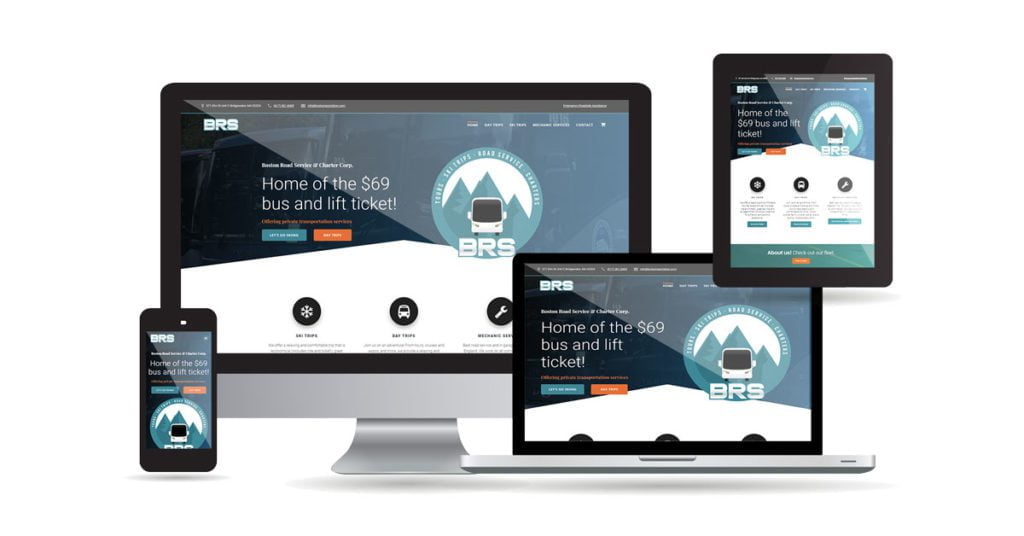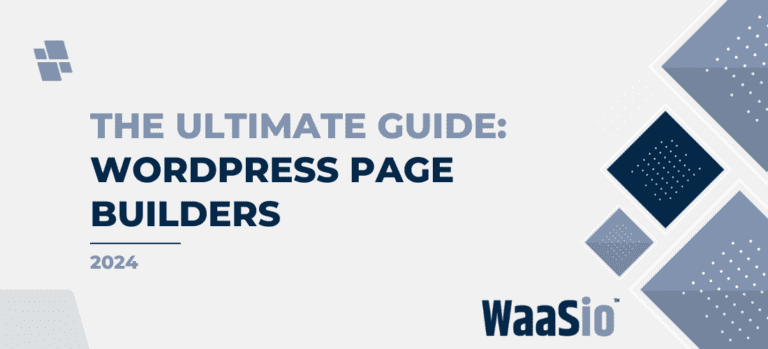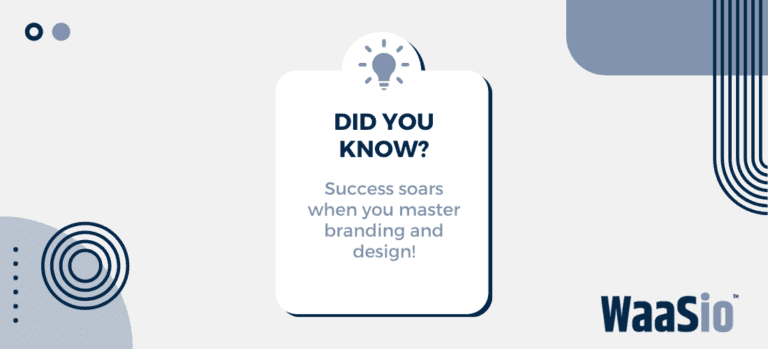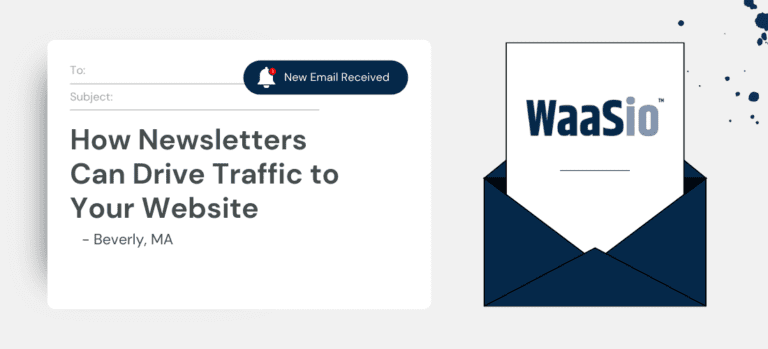
Important roles of SEO in a website.
In order to make sure that your site gets found by search engines, you must optimize your content so that it ranks high in the SERPs. However, you also need to ensure that your visitors find your content engaging and useful. To achieve both goals, you need to understand the importance of SEO and persuasion.
SEO stands for Search Engine Optimization. As the name suggests, SEO is all about optimizing your web pages so that they rank higher in Google searches. When users type keywords related to your products or services into the search bar, they expect to see relevant results. So, when users click on your page, they expect to see information that matches their query.
So, let’s look at some tips to help you achieve this objectives.
# 1. Know What Keywords Are Important
Keyword research is essential to achieving high rankings in search engines. Before you write your first sentence, you need to identify what words your audience uses to search for your products or services.
You can use tools like Google AdWords Keyword Planner to figure out which keywords are popular and which ones aren’t. Once you’ve identified the keywords that are driving traffic to your site, you’ll be able to focus your efforts on writing compelling content around these terms.
# 2. Write Compelling Content
Writing compelling content is the best way to persuade visitors to read your articles. Writing quality content takes time and effort, but the payoff is worth it.
Quality content attracts links and shares, which improves your ranking in search results. And, since search engines consider backlinks highly valuable, having lots of quality links pointing to your site makes it easier for your content to rise to the top.
But, before you begin writing, you need to decide what kind of content you want to produce. Do you want to provide answers to frequently asked questions? Or, do you want to share helpful advice?
Whatever you choose, you need to write content that provides value to your target audience.
# 3. Use Visual Elements to Engage Readers
In order to persuade readers to buy something, you must first convince them that you have something worth buying. Persuasive content is content that convinces readers that you have something valuable to sell.

People don’t read websites they skim
In 2016, Google announced that its search engine algorithm would begin penalizing sites that were too slow to load. As a result, webmasters began optimizing their pages to make sure they loaded quickly.
But according to a study conducted by the University of California Berkeley, users aren’t actually reading the content on a page before clicking away. Instead, they’re skimming over the text and looking for keywords.
So, what does this mean for SEO? Well, it means that we need to optimize our pages so that they load fast. And, since users are skipping over text, we need to focus on making sure that every word on our site is relevant and useful.
Here’s a checklist of things to think about when designing a website:
1. Use Keywords in Headings
Headings are the first words that visitors see on a webpage. They tell readers what information is contained within the rest of the article. So, make sure that all headings contain keywords related to the topic of the page. For example, if you’re writing about a restaurant, put the name of the restaurant in the heading.
2. Include Related Links
Links are another way to draw attention to specific sections of a page. When creating links, try to link to pages that are similar to the current page. For example, linking to a blog post about restaurants may be helpful, but linking to a recipe for chicken pot pie won’t really help anyone.
3. Optimize Images
Images are a great way to grab a visitor’s attention. But, like headlines, images must also be optimized. Try to choose high quality photos that are relevant to the subject matter of the page. Also, avoid adding multiple large images; instead, consider combining several smaller ones.
4. Add Video
Video is becoming increasingly popular on the internet. According to Statista, video views increased by nearly 50 percent between 2013 and 2017. Videos are especially effective at grabbing a user’s attention, so they’re a great way to encourage engagement.
5. Create User Friendly Navigation
Navigation is key to keeping visitors engaged on a page. Users shouldn’t have to scroll far to find what they’re looking for. Make sure that navigation is easy to follow and doesn’t require scrolling.
6. Write Clear Copy
Clear, concise copy makes it easier for users to understand what’s going on on a page. Avoid jargon and technical terms whenever possible.

In order to rank well in search engines like Google, Bing, Yahoo! and others, you must first optimize your web pages for keywords. But what does that mean exactly? And how do you go about doing it?
Let’s look at some examples of keyword optimization techniques:
1. Keyword Research & Content Optimization
Keywords are words that people type into search engines when looking for information related to your product or service. For instance, if you sell shoes, you may want to target the word “shoes” as a keyword.
You can find out what keywords people are searching for by conducting a keyword research study. There are several tools that allow you to conduct keyword research quickly and easily, including Google AdWords Keyword Planner and SEMrush.
Once you’ve identified the keywords you want to target, you can begin optimizing your site for those terms. To do so, you’ll need to make sure that all of your page titles, meta descriptions, headings, body text, images, videos, etc., contain these keywords.
2. Onsite Search Engine Optimization
Onsite search engine optimization involves making changes to your site itself in order to improve its ranking in search results. These changes include things like adding relevant keywords throughout the site, ensuring that the site loads fast, and creating high quality backlinks to the site.
3. Offsite Search Engine Optimization (SEO)
Offsite search engine optimization involves getting links to your site from outside sources, such as social media sites, blogs, forums, directories, and article submission websites. By submitting articles to these sites, you can build links to your site and improve your rankings.
4. Social Media Optimization (SMO)
Social media optimization is another technique used to boost your site’s visibility in search results. SMO involves posting content on popular social networking sites like Facebook, Twitter, LinkedIn, YouTube, Instagram, Pinterest, and more.
5. Link Building
Link building is essentially the process of obtaining external links to your site. When other websites link to yours, it increases your domain authority and improves your overall SEO performance.
6. Local Business Optimization
Local businesses tend to perform much better in local searches than national ones. Therefore, it makes sense to focus on local SEO.

We hope you found this article to be helpful, and we hope in implementing some of the tips you are able to see the results on your website. If this article was helpful, feel free to subscribe to our mailing list so you don’t miss out on more of these articles.
We are always looking for new topics to write about, so if you have a suggestion or have any questions, please feel free to email us at info@getwaas.io.














